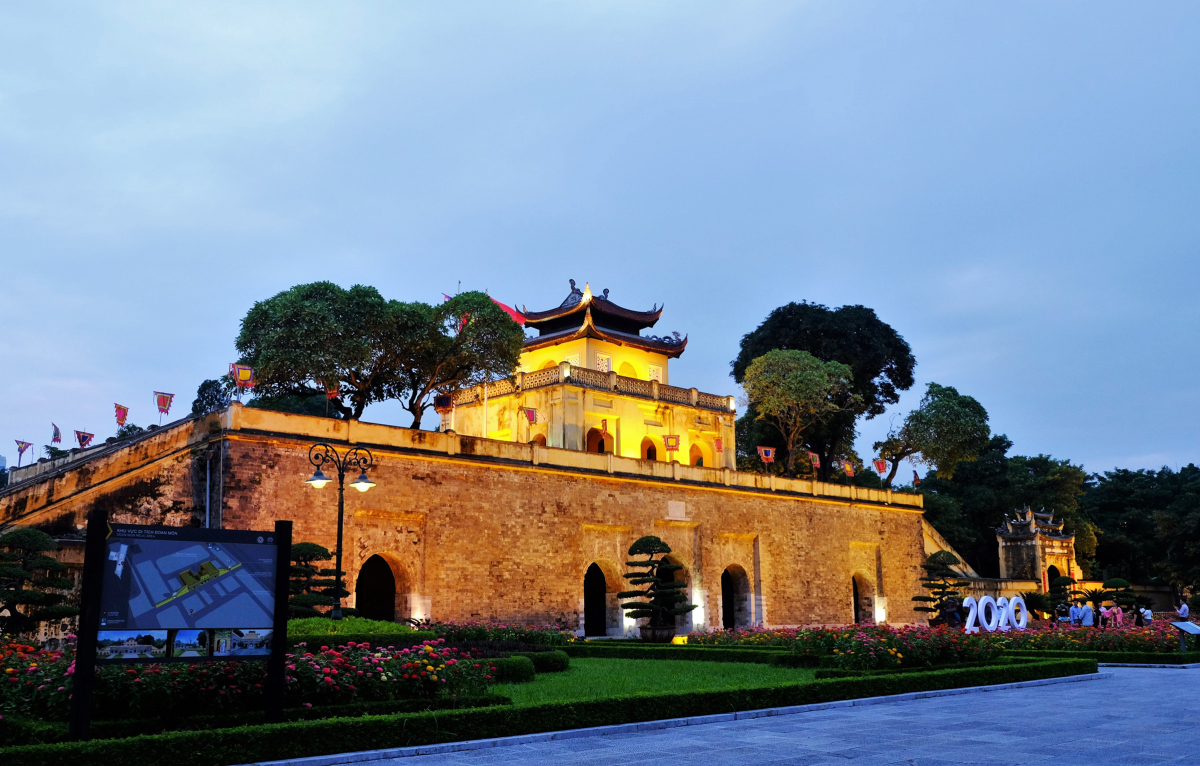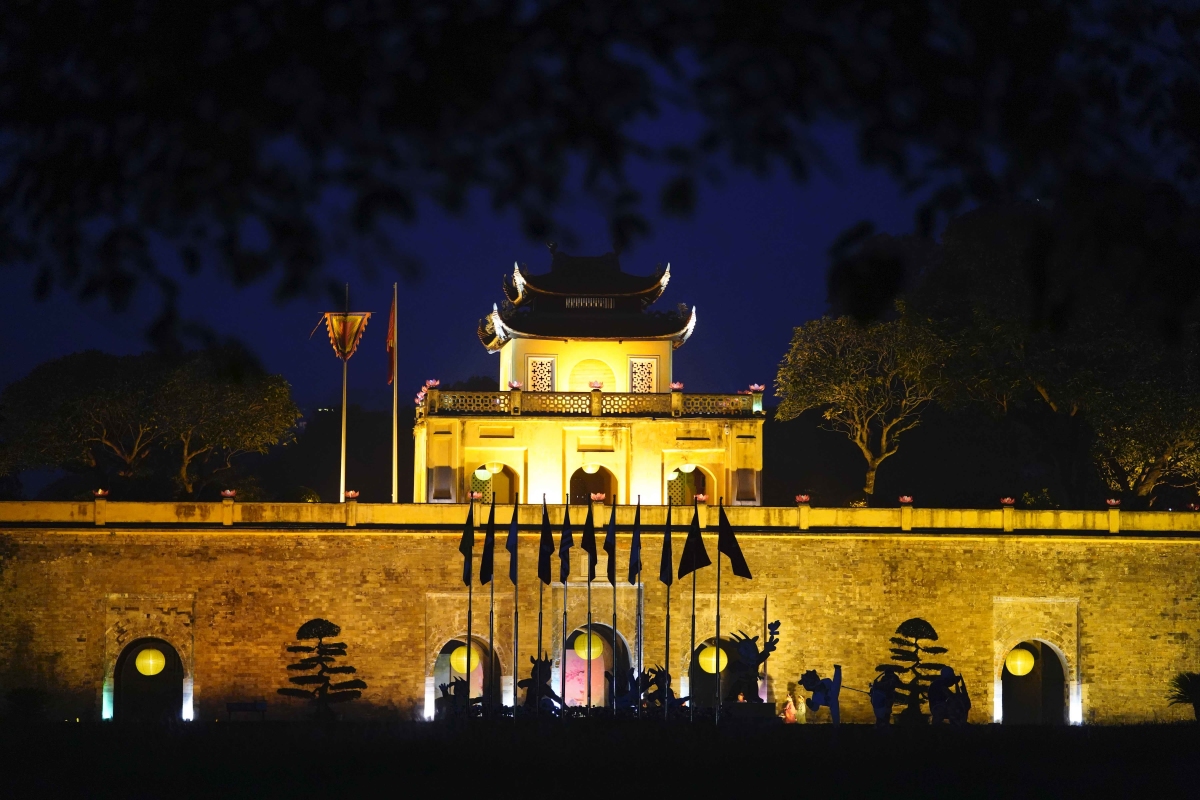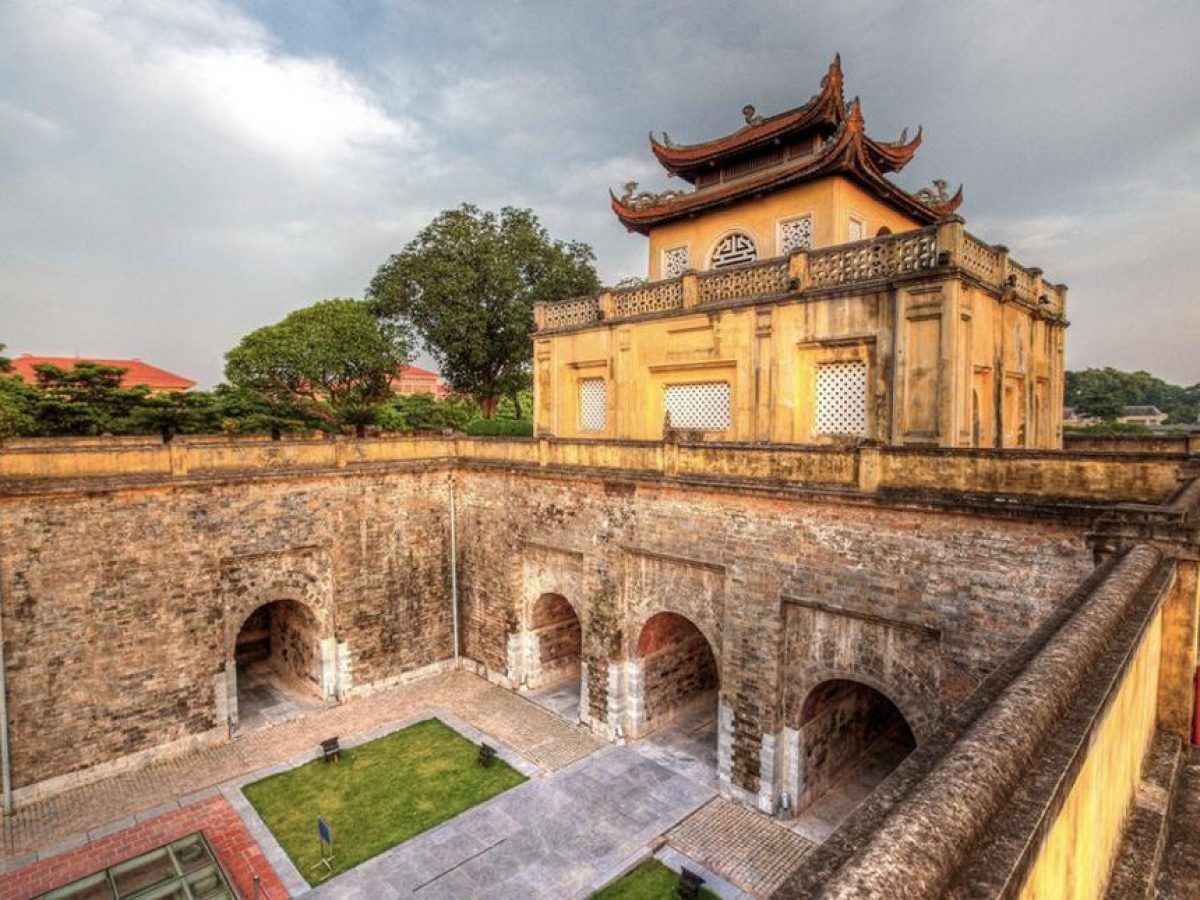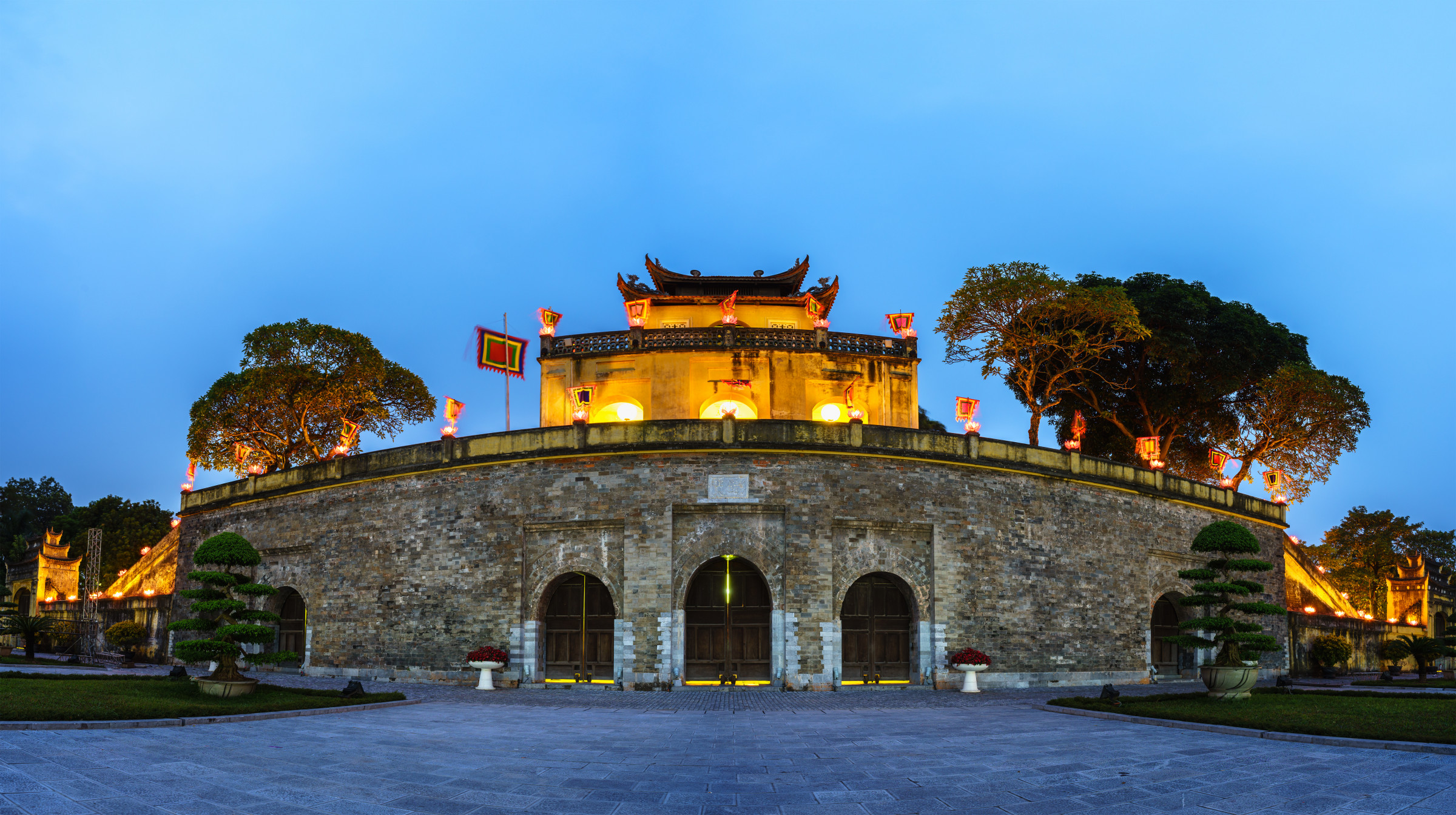Q: What is the Imperial Citadel of Thang Long?
A: The Imperial Citadel of Thang Long is a UNESCO World Heritage Site in Hanoi, Vietnam, that served as the political and cultural center of Vietnam for over 13 centuries. It was home to the kings of Vietnam and was the administrative center of the country.
--------
Q: When was the citadel built?
A: The citadel was built in the 11th century by the Ly dynasty, and it was expanded and improved by subsequent dynasties, including the Tran, Le, and Nguyen dynasties.
--------
Q: What can visitors see at the citadel today?
A: Today, visitors can explore the ruins of the citadel and see the remains of the walls, gates, and buildings that made up the complex. There is also a museum on site that showcases the history and artifacts of the citadel.
--------
Q: What is the best time to visit the Imperial Citadel of Thang Long?
A: The best time to visit the Imperial Citadel of Thang Long is during the cooler and drier months from November to February. The weather is pleasant, and there are fewer crowds during this time.
--------
Q: How much is the entrance fee to the Imperial Citadel of Thang Long?
A: The entrance fee to the Imperial Citadel of Thang Long is 30,000 Vietnamese Dong (approximately 1.30 USD) per person.
--------
Q: Can visitors take photographs inside the Imperial Citadel of Thang Long?
A: Yes, visitors are allowed to take photographs inside the Imperial Citadel of Thang Long. However, there may be restrictions on using flash photography inside some of the buildings.
--------
Q: Is there a dress code for visiting the Imperial Citadel of Thang Long?
A: There is no strict dress code, but visitors should dress modestly and respectfully when visiting cultural sites in Vietnam. This means covering shoulders and knees and avoiding revealing or tight-fitting clothing.
--------
Q: How long does it take to explore the Imperial Citadel of Thang Long?
A: Visitors should allocate at least 2-3 hours to explore the Imperial Citadel of Thang Long and the museum on site. This will provide enough time to see the ruins and artifacts and learn about the history and culture of the citadel and Vietnam.
--------
Q: What is the best way to get to the Imperial Citadel of Thang Long?
A: The Imperial Citadel of Thang Long is located in the heart of Hanoi, and visitors can access it by public transportation, taxi, or private car. It is recommended to take a taxi or private car to avoid the confusion of public transportation in Hanoi.





